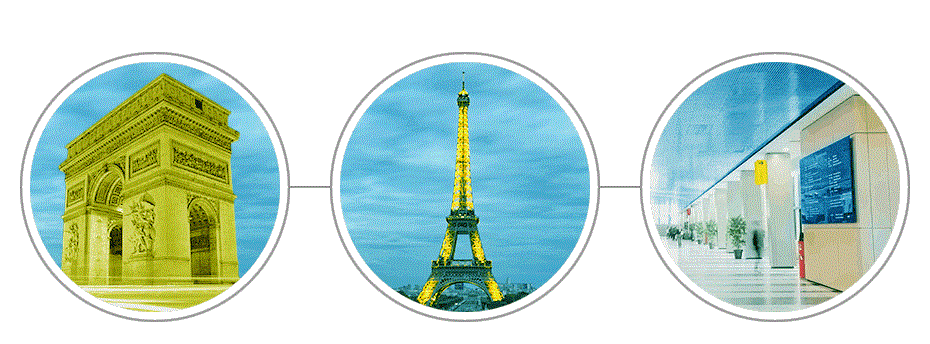This paper studies the effectiveness of self-reporting as an enforcement mechanism within the context of an oligopoly. Whereas, prior work only considered the effectiveness of self-reporting under perfect competition (e.g. Kaplow and Shavel, 1994). We show that accounting for market structure identifies an additional benefit to self-reporting that has not yet been identified in the literature. Specifically, if enforcement costs are fixed, then it is always optimal to audit firms under a self-reporting regime. However, in the no-reporting regime, if the level of competition is sufficiently high then the regulator will find it optimal to cease auditing completely. Additionally, we show that in the fixed cost case the regulator's optimal audit probability under self-reporting (and the compliance level) is lower than that under no-reporting only if the market if sufficiently concentrated. If the market is sufficiently competitive this result is reversed. If enforcement costs are proportional to market size, then the regulator's optimal audit probability under self-reporting (and the compliance level) is higher than that under no-reporting only if the market if sufficiently concentrated. Next, we show that the effectiveness of self-reporting also depends on the interaction between the level of competition and other market characteristics such as the strength of the product demand. Finally, we study a social planner who can choose both the optimal regime, auditing level, and the level of competition $N$. Here, we show that the level of competition chosen by a planner will be higher in a self reporting regime than in a no reporting regime. Thus, our paper shows that market structure affects many of the prior results identified in the self-reporting literature.



